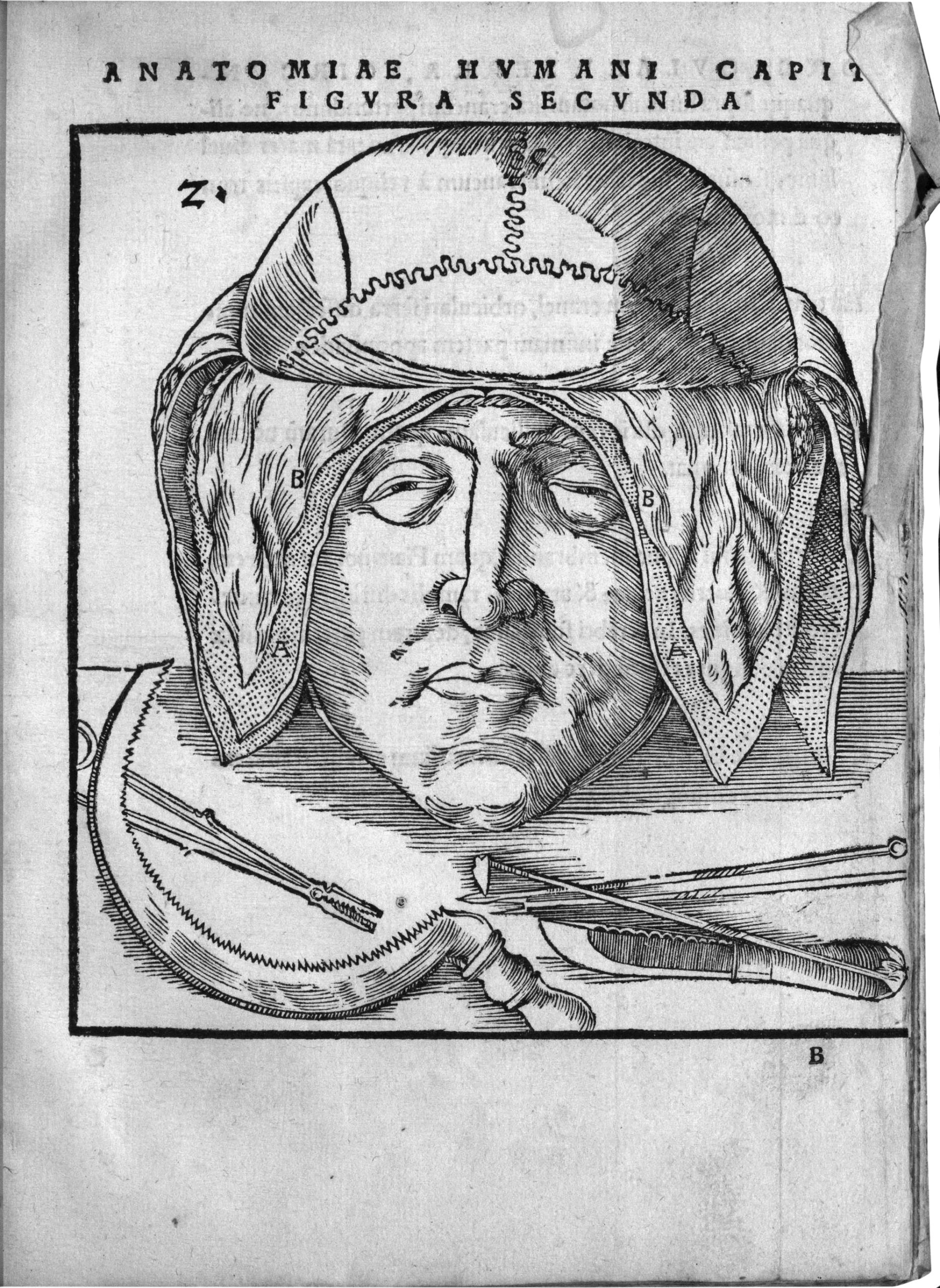In some ways, Brussels-born, Renaissance-era surgeon/physician/anatomist Andreas Vesalius was quite like modern-day academics. He favored new research, discarding then-prevalent attitudes toward the human body in medical science. His work in anatomy would have made a successful curriculum vitae for a tenure-track position. And despite his best efforts, his students did not give a damn about his highly skilled lectures.
Vesalius, perhaps best known today for the influential — and unusually large, at seven volumes — De Humani Corporis Fabrica Libri Septem (“Of the Structure of the Human Body,” 1543), is the central figure in Sachiko Kusukawa’s linen-bound new book Andreas Vesalius: Anatomy and the World of Books (2024). The author reshifts our focus beyond Fabrica’s immediate mixed critical reception and generational influence toward Vesalius’s creative scientific approaches and book-printing practices in the 16th century.
Vesalius was highly resourceful: Unlike his contemporaries, he exercised considerable agency when designing and publishing his books. He compiled his analyses of people executed by hanging or beheading in Fabrica alongside illuminative drawings executed in three angles by classically trained artists. Indeed, Vesalius marketed the tome as a dual first: a how-to manual for drawing the human body and a scientific resource for identifying organs and musculature. Several of Fabrica’s alluring drawings of weirdly positioned skeletons with protruding veins and skulls are reproduced in this title, including an eerie cross-section of a stretched uterus merged with an enlarged penis.
But Anatomy and the World of Books also shows that it was not always easy for Vesalius. Though he was chair of surgery at the renowned University of Padua, the scientist found himself in public theaters lecturing to bored and noisy students who could not keep up with his dissections. Dead dogs had to replace human bodies in these dissections since it was complicated to demonstrate on cadavers whose high fat content obstructed organs from view. Above all, to some censure from contemporary critics, Vesalius refuted widely accepted claims of second-century Greco-Roman medical men like Galen, who propagated the theory of the four humors. Vesalius may have burned his notes on Galen in frustration at the disapproving response, but the spectacular publications that survive have reinforced his reputation as a pioneer of modern Western anatomy.


Andreas Vesalius: Anatomy and the World of Books (2024) by Sachiko Kusukawa and published by Reaktion Books is available for purchase online and in bookstores.

